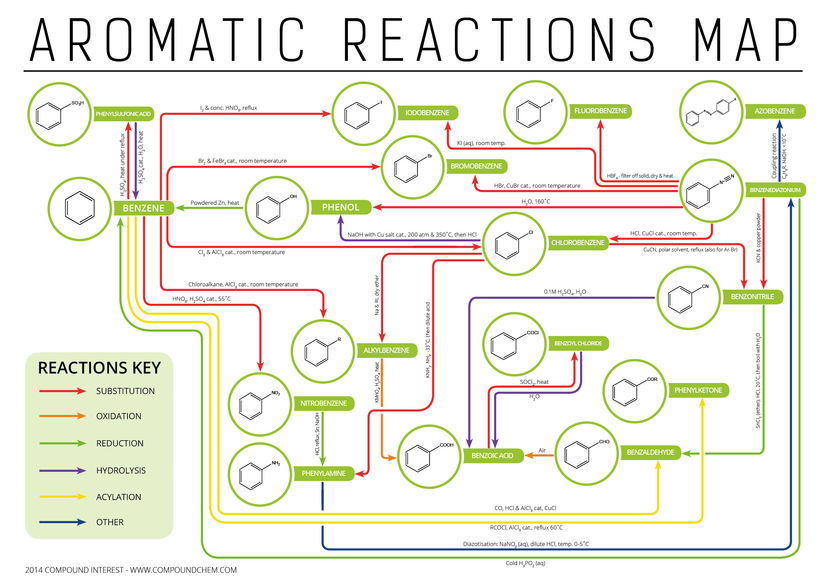A New T-cell Population for Cancer Immunotherapy
Scientists at the University of Basel in Switzerland have, for the first time, described a new T cell population that can recognize and kill tumor cells.
T lymphocytes (short T cells) are a special type of cells that recognize germs and protect our body from infections. Their second important job is to ride the body of harmed cells, such as tumor cells. T cells are able to identify tumor cells because they look different than normal healthy cells. The way in which they do this is governed by surface expression of T-cell receptors (TCR). Each receptor interacts with a specific molecule on the surface of the target cell.
One of the molecules recognized by TCR is the MHC class I-related MR1 molecule, which so far had only been known to attract TCRs to infected cells. To date, it was unknown that MR1 can also attract TCRs to cancer cells.
The research group lead by Prof. Gennaro De Libero from the Department of Biomedicine at the University of Basel has now published a study that describes a novel T cell population that recognizes MR1-positive tumor cells. The researchers have named these new T cells MR1T. MR1T cells recognize and kill many human tumors derived from different tissues. Cancer cells carrying the surface molecule MR1 can thus be seen by MR1T cells.
Major implications for cancer treatment
The transfer of TCR genes into the T cells of patients confers the recognition of tumor cells, implicating transfer of TCR genes from MR1T cells as a novel approach to tumor immunotherapy. “This new type of tumor cell recognition and killing has widespread implications and could fundamentally change the future of cancer treatment,” says De Libero, Professor for Tumor Immunology at the University of Basel.
The researchers’ next challenge will be the identification of the tumor-associated antigens that induce MR1T cells activation and killing of cancer cells. These studies will pave the way for new and broader strategies to combat human tumors.
Original publication
Most read news
Original publication
Marco Lepore, Artem Kalinichenko, Salvatore Calogero, Pavanish Kumar, Bhairav Paleja, Mathias Schmaler, Vipin Narang, Francesca Zolezzi, Michael Poidinger, Lucia Mori, Gennaro De Libero; "Functionally diverse human T cells recognize non-microbial antigens presented by MR1"; eLife; 2017
Topics
Organizations
Other news from the department science

Get the life science industry in your inbox
By submitting this form you agree that LUMITOS AG will send you the newsletter(s) selected above by email. Your data will not be passed on to third parties. Your data will be stored and processed in accordance with our data protection regulations. LUMITOS may contact you by email for the purpose of advertising or market and opinion surveys. You can revoke your consent at any time without giving reasons to LUMITOS AG, Ernst-Augustin-Str. 2, 12489 Berlin, Germany or by e-mail at revoke@lumitos.com with effect for the future. In addition, each email contains a link to unsubscribe from the corresponding newsletter.






















































